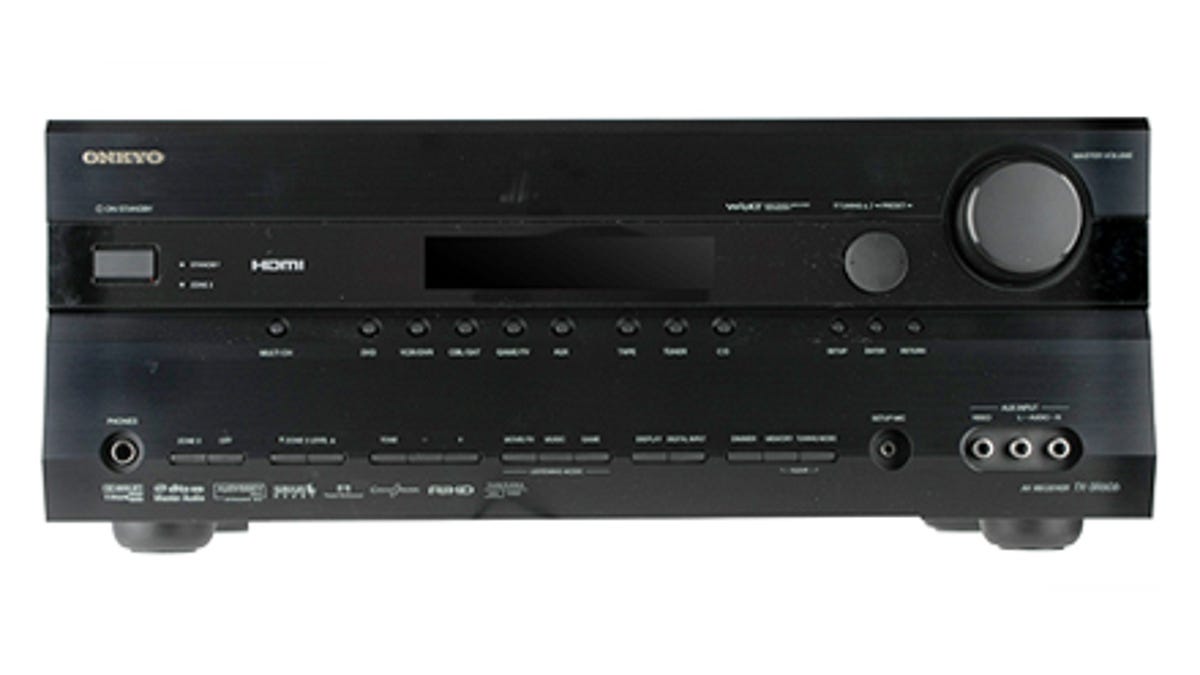Which AV receiver should I buy?--Ask the Editors
CNET explains why there isn't a easy favorite in the audiovisual receiver category this year, unlike last year's Editors' Choice-winning Onkyo TX-SR605.

The most common question we get at CNET is, "what should I buy?" Unfortunately, instead of just spitting out a product name, that question usually forces us to follow-up with our own questions--how much do you want to spend, what features are important, and so on. However, last year when people asked "which audiovisual receiver should I buy", we actually had a pretty simple answer: the
So which AV receiver should you buy in 2008? Well, it's not that easy this year.
Onkyo has followed up on the TX-SR605 with the
The first major problem is that the upscaling video quality on the TX-SR606 just isn't up to snuff. The full details are in the review, but if you're even mildly interested in upconverted analog video quality, you're not going to be happy with your upconverted analog signals with the TX-SR606. There's a significant loss in resolution, and if you're upscaling to 1080i, the TX-SR606 actually adds black bars to the top, bottom and left sides of the image--yikes. If you're only using HDMI devices, it's not a problem, but there are a lot of
The second problem is that Onkyo actually has competition in this price range from Sony. The
If you're not set on getting four HDMI inputs, there are some other compelling options out there with HDMI upconversion. Pioneer's VSX-1018AH ($550 street) has three HDMI inputs, as does Denon's upcoming AVR-1909 ($650).
Don't get us wrong, the Onkyo TX-SR606 is still a great receiver at an outstanding price point, but Sony and other manufacturers have stepped up to the plate this year to offer similar functionality at competitive prices. So this year when you ask, "what receiver should I buy", you're going to get bunch of questions instead of a simple product name. Sorry.

